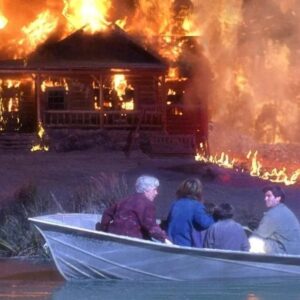
Dante’s Peak (1997)
Dante’s Peak (1997)
Dante’s Peak (1997) is a disaster film directed by Roger Donaldson and written by Leslie Bohem. The film stars Pierce Brosnan, Linda Hamilton, Charles Hallahan, and Elizabeth Hoffman.
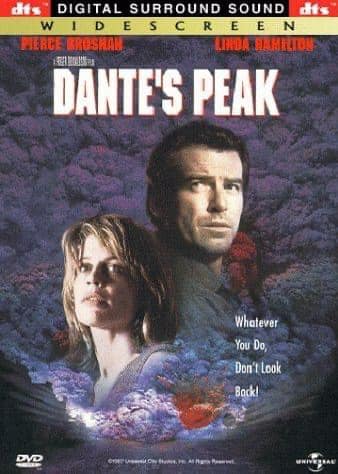
The film is set in the small, picturesque town of Dante’s Peak, located in the Pacific Northwest. The story begins when volcanologist Dr. Harry Dalton (Pierce Brosnan) is sent to the town to investigate a series of unusual seismic activities that could indicate volcanic activity.
Upon arrival, Dr. Dalton discovers signs of a dormant volcano showing increased activity, and he becomes concerned about the potential for a catastrophic eruption. He teams up with the town’s mayor, Rachel Wando (Linda Hamilton), to assess the situation and alert the townspeople to the growing danger.

As the volcano’s activity intensifies, the town experiences increasing tremors, ash falls, and dangerous gas emissions. Despite the mounting evidence, local officials and residents are skeptical of the threat, and the situation becomes increasingly dire as Dr. Dalton and Mayor Wando work to evacuate the town and prepare for the imminent eruption.
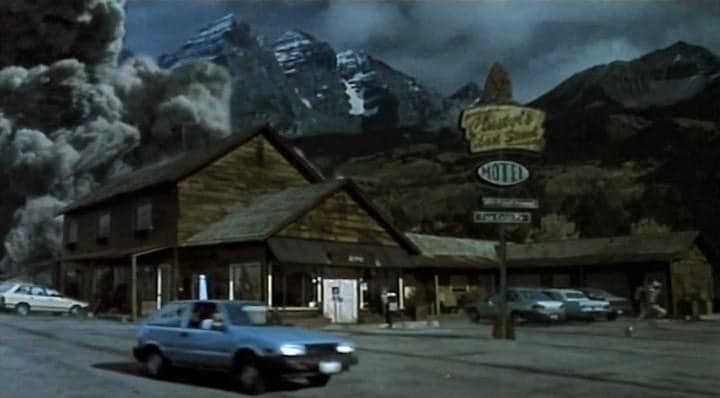
The film climaxes with a dramatic and destructive volcanic eruption that threatens to engulf the town and its inhabitants. Dr. Dalton and Mayor Wando must navigate the chaos and make difficult decisions to save as many lives as possible.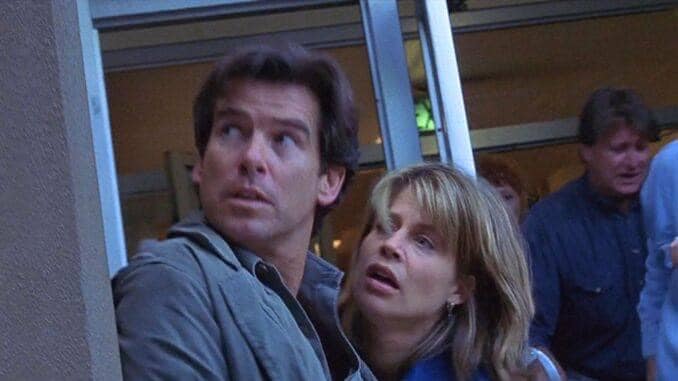
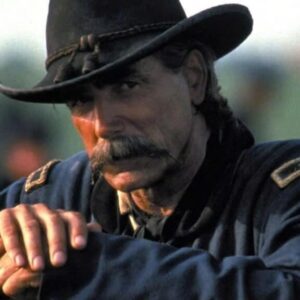
Gettysburg
“Gettysburg,” directed by Ronald F. Maxwell and released in 1993, is a meticulously crafted historical war film that brings to life the pivotal Battle of Gettysburg during the American Civil War. The film, based on Michael Shaara’s novel “The Killer Angels,” boasts an ensemble cast including Tom Berenger, Jeff Daniels, and Martin Sheen, who deliver compelling performances as key figures such as General James Longstreet, Colonel Joshua Chamberlain, and General Robert E. Lee.
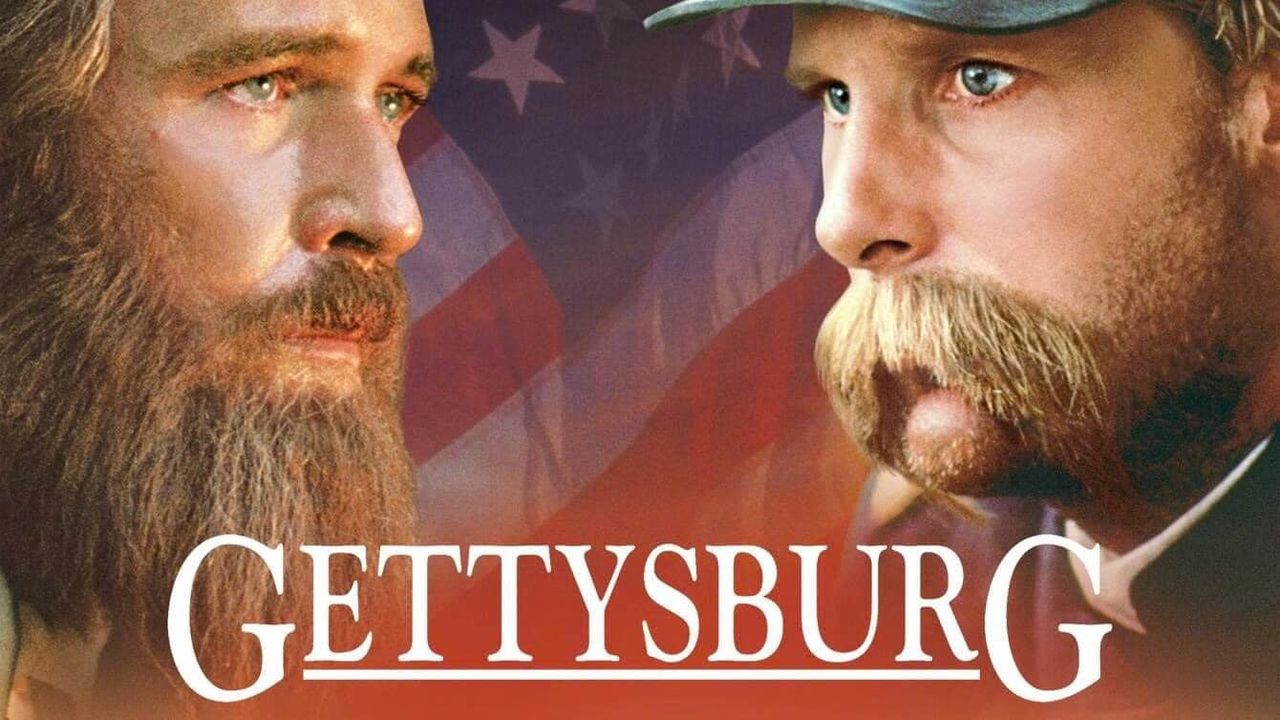
“Gettysburg” excels in its attention to detail and authenticity, capturing the strategies, struggles, and humanity of those involved in the three-day conflict. Maxwell’s direction ensures that the battle sequences are both grand and intimate, highlighting the personal sacrifices and leadership challenges faced by soldiers and officers alike.
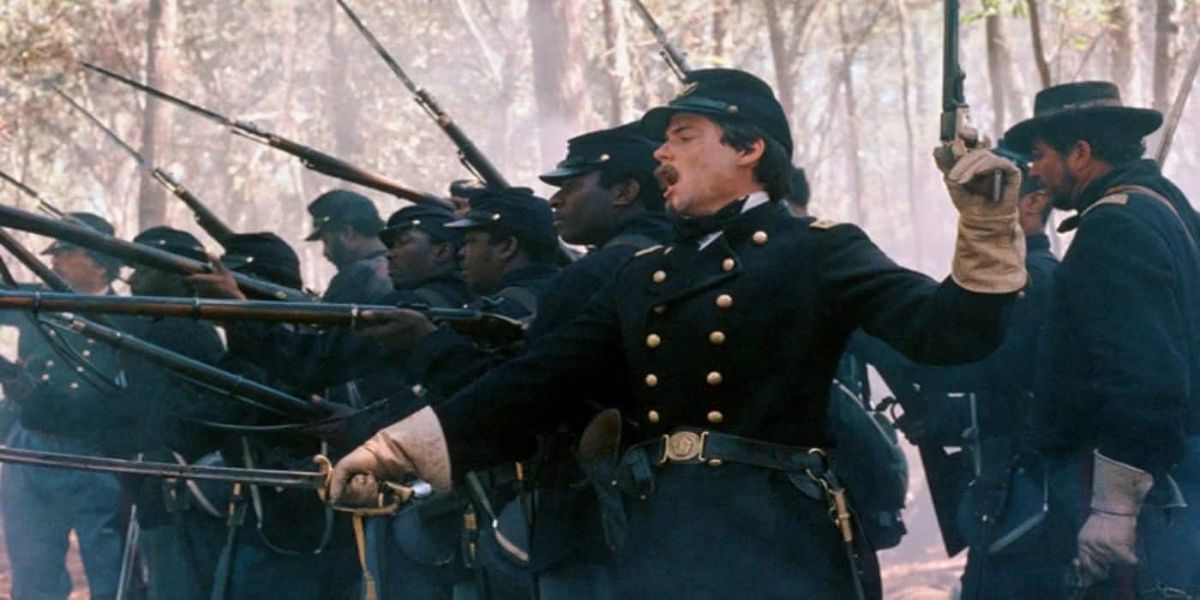
The film’s strength lies in its balanced portrayal of both Union and Confederate perspectives, providing a nuanced view of the motivations and emotions driving each side. The lengthy runtime allows for a thorough exploration of character development and military tactics, making the historical context accessible and engaging.

The reenactment of famous events such as Pickett’s Charge and the defense of Little Round Top are particularly noteworthy for their scale and historical accuracy. “Gettysburg” stands as a significant achievement in war cinema, praised for its educational value and its ability to vividly recreate one of the most important battles in American history. Its dedication to historical fidelity and powerful performances make it a memorable and impactful film.
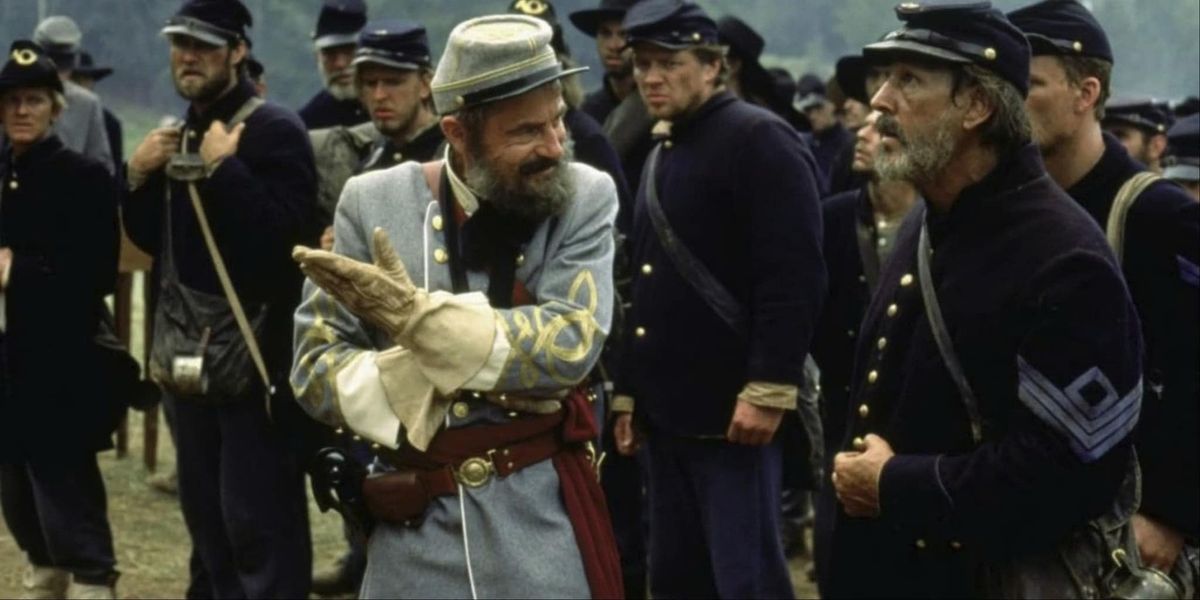
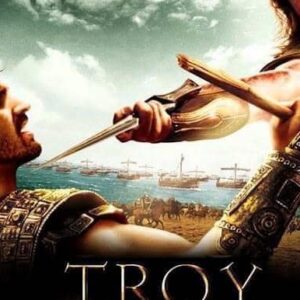
“Troy” (2004)
“Troy” (2004), directed by Wolfgang Petersen, is a sweeping epic that brings the legendary Trojan War to life with grandiosity and spectacle.
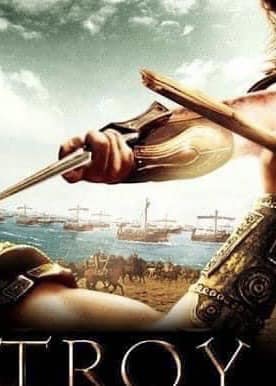
Inspired by Homer’s “Iliad,” the film stars Brad Pitt as the formidable warrior Achilles, who is drawn into the conflict by his personal quest for glory.
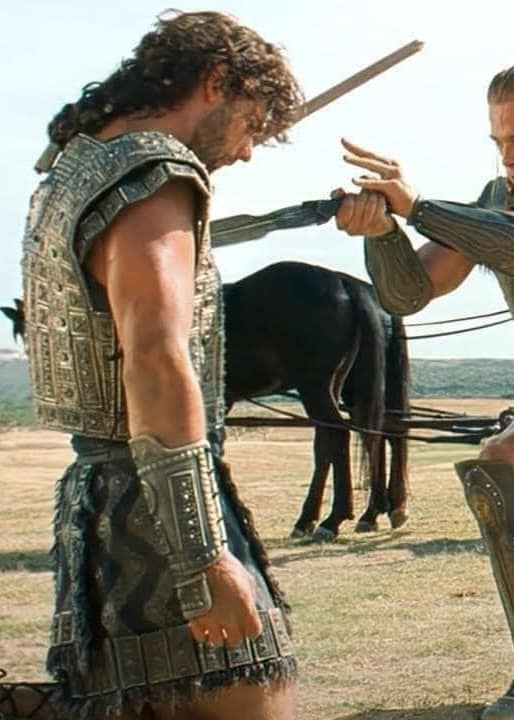
Eric Bana and Orlando Bloom portray Hector and Paris, the Trojan princes whose actions set the stage for war. The film excels in its grand battle scenes and impressive set designs, creating a visually stunning depiction of ancient warfare.
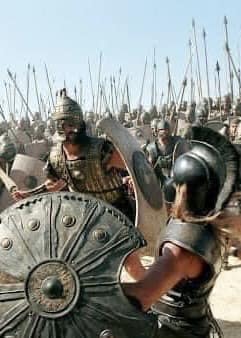
Greek warriors hail Achilles (Brad Pitt) in Warner Bros. Pictures’ epic action adventure “Troy,” starring Brad Pitt, Eric Bana and Orlando Bloom.
PHOTOGRAPHS TO BE USED SOLELY FOR ADVERTISING, PROMOTION, PUBLICITY OR REVIEWS OF THIS SPECIFIC MOTION PICTURE AND TO REMAIN THE PROPERTY OF THE STUDIO. NOT FOR SALE OR REDISTRIBUTION.
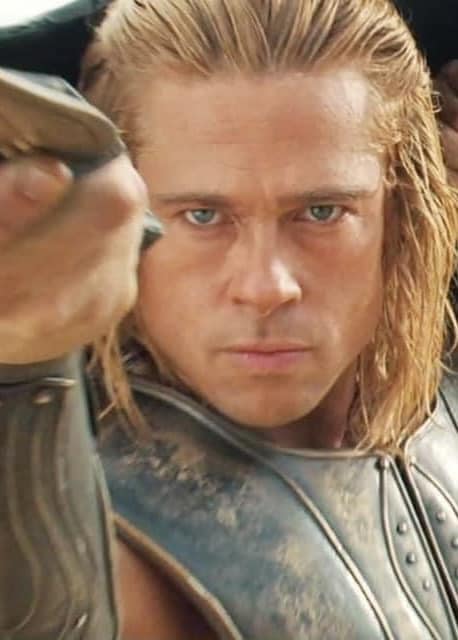
While the screenplay takes liberties with the source material, the performances, particularly by Pitt and Bana, add depth to the characters. “Troy” combines action, drama, and romance to deliver a compelling, if somewhat modernized, retelling of one of history’s greatest tales.
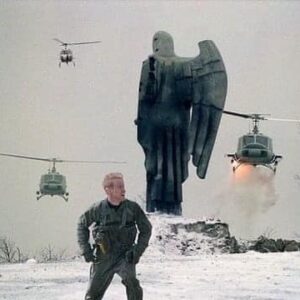
Behind Enemy Lines (2001)
“Behind Enemy Lines” (2001) is a war drama film directed by John Moore, starring Owen Wilson and Gene Hackman. The story centers on Lieutenant Chris Burnett (Owen Wilson), a naval aviator who becomes stranded in hostile territory after his reconnaissance plane is shot down over Bosnia.
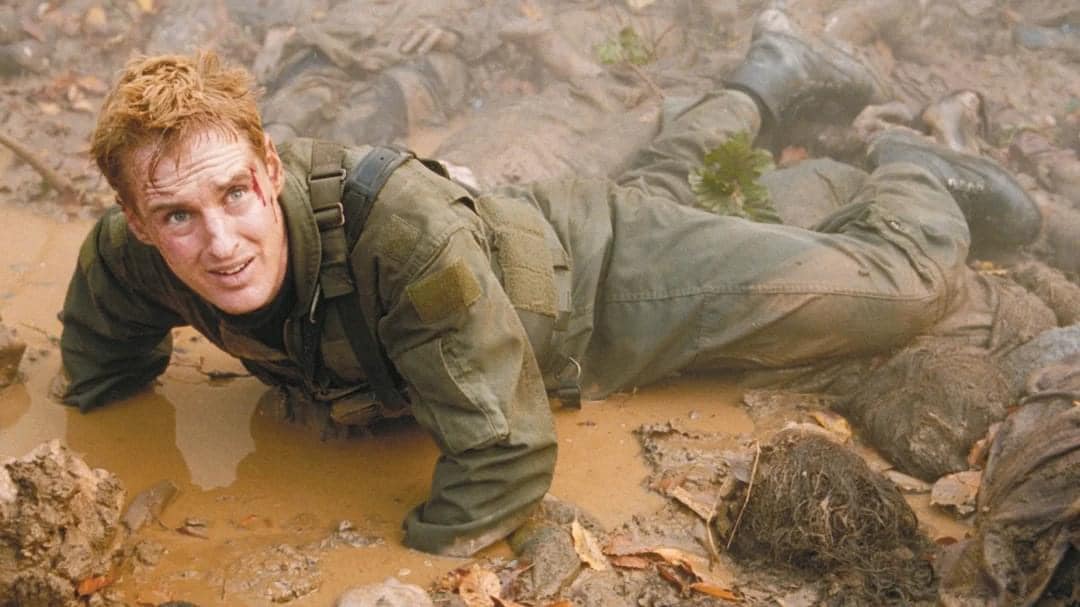
The film unfolds as Burnett and his pilot, Stackhouse (Gabriel Macht), conduct a routine reconnaissance mission over enemy territory. When their plane is detected and shot down by Serbian forces, the two men eject and land in different locations. Stackhouse is quickly captured and executed by Serbian soldiers, while Burnett narrowly escapes into the dense forest.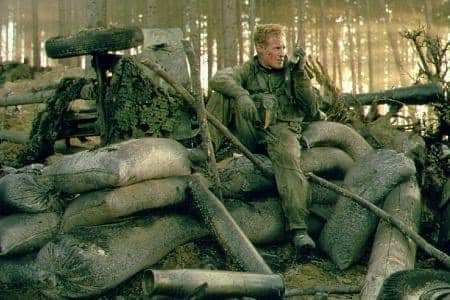
Now alone and hunted by the enemy, Burnett must evade capture and navigate his way through dangerous terrain to reach safety. Meanwhile, Admiral Reigart (Gene Hackman), Burnett’s commanding officer, disregards orders to leave Burnett behind and launches a covert rescue mission to retrieve him.
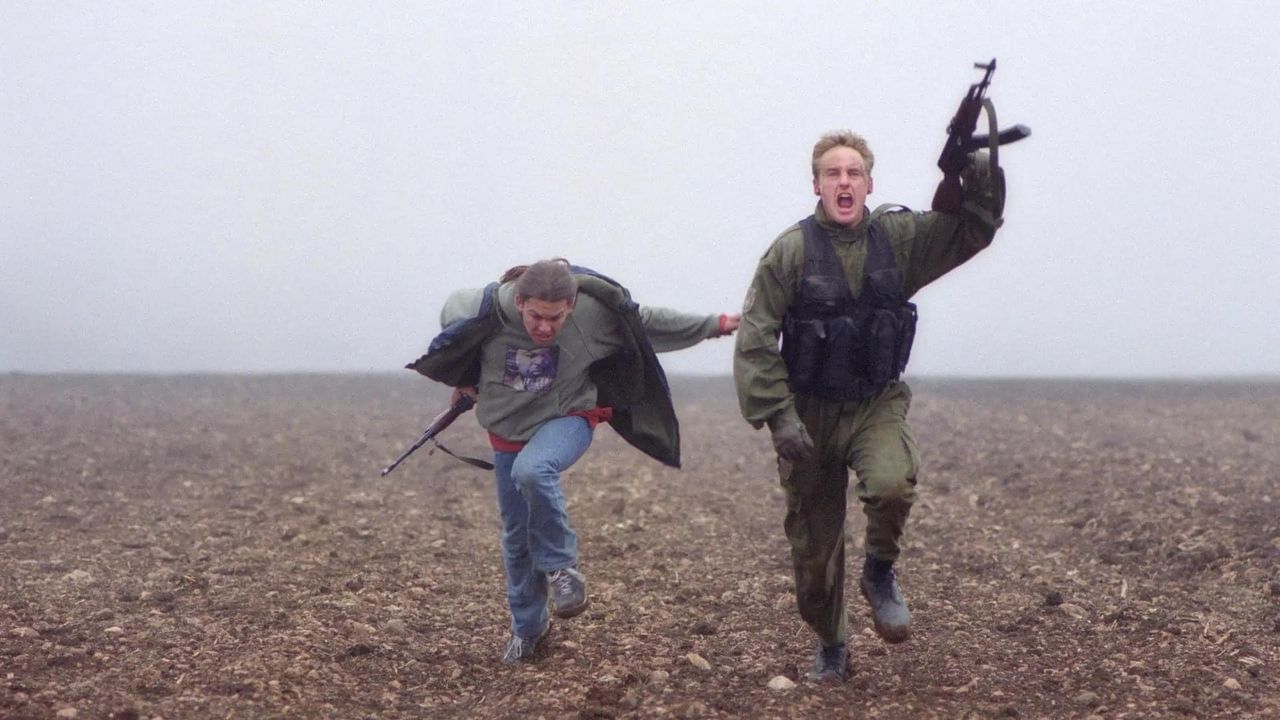
As Burnett races against time, he faces numerous challenges, including harsh weather conditions, enemy patrols, and the relentless pursuit of a Serbian tracker. The film explores themes of survival, bravery, and the sacrifices made in the line of duty, highlighting the resilience and determination of a soldier trapped behind enemy lines.
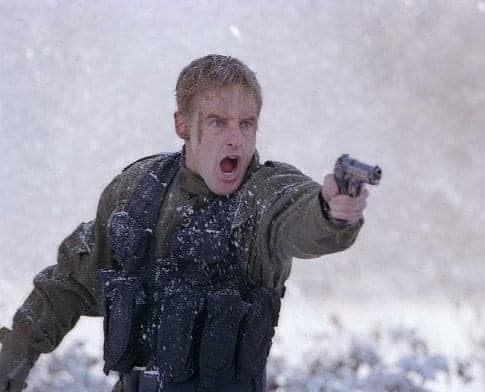
“Behind Enemy Lines” is known for its intense action sequences, suspenseful plot, and gripping portrayal of wartime survival. Owen Wilson delivers a notable performance outside of his typical comedic roles, portraying the resourceful and resilient Lieutenant Burnett. Gene Hackman adds depth to the film with his portrayal of Admiral Reigart, a seasoned military leader determined to bring his pilot home.
Overall, “Behind Enemy Lines” offers a compelling mix of military drama and thrilling suspense, making it a memorable entry in the genre of war films. It captures the adrenaline-fueled struggle of one man’s fight for survival behind enemy lines and the unwavering loyalty of those who risk everything to bring him home.
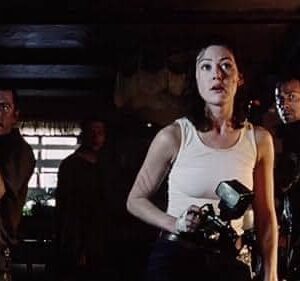
Dog Soldiers (2002)
Dog Soldiers (2002)
Released in 2002, “Dog Soldiers” marked an important moment in British cinema when introducing its debut work directed by Neil Marshall. As both writer and director, Marshall brings a distinctive blend of horror and action that sets the film apart in the genre. 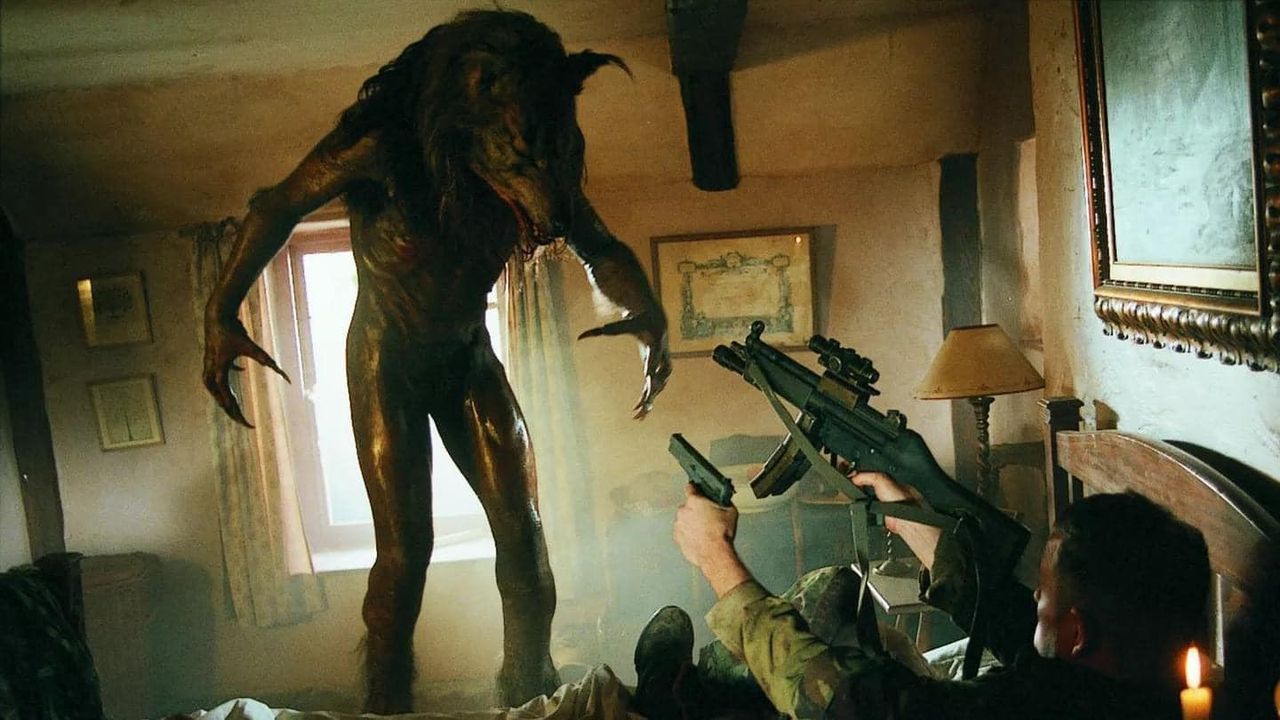 Known for its gripping plot and innovative approach, this British action thriller quickly became recognized for its fresh take on werewolf mythology and its dynamic, relentless pace. Set in the rugged landscape of the Scottish Highlands, the film tells the story of a group of British soldiers participating in an exercise that takes a dangerous turn.
Known for its gripping plot and innovative approach, this British action thriller quickly became recognized for its fresh take on werewolf mythology and its dynamic, relentless pace. Set in the rugged landscape of the Scottish Highlands, the film tells the story of a group of British soldiers participating in an exercise that takes a dangerous turn. 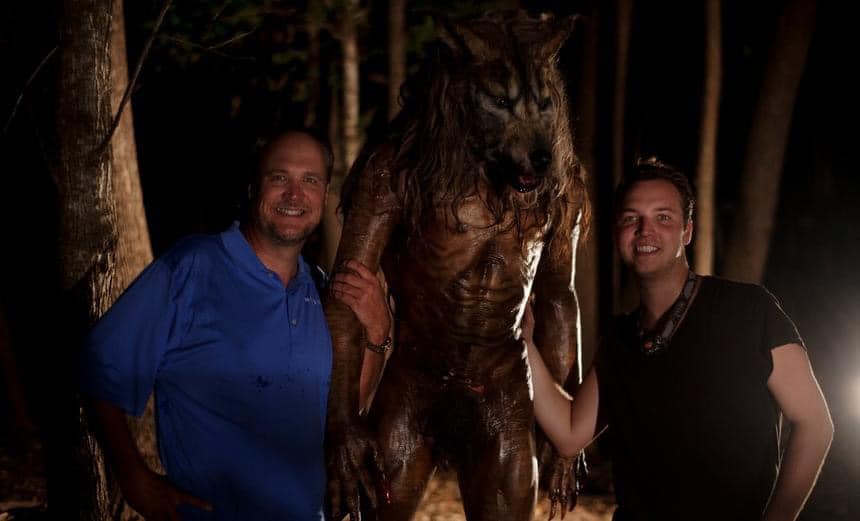 Led by Sergeant Wells, played by Sean Pertwee, the soldiers find themselves confronting not only a harsh landscape but also a formidable pack of werewolves. This setup provides the foundation for a gripping survival story that seamlessly blends horror elements with tense action. Neil Marshall’s direction in Dog Soldiers is both bold and unique.
Led by Sergeant Wells, played by Sean Pertwee, the soldiers find themselves confronting not only a harsh landscape but also a formidable pack of werewolves. This setup provides the foundation for a gripping survival story that seamlessly blends horror elements with tense action. Neil Marshall’s direction in Dog Soldiers is both bold and unique.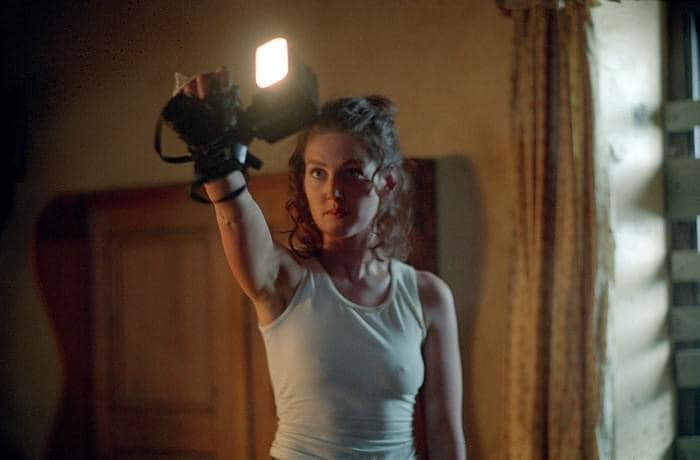 Drawing on his special effects experience and deep understanding of genre norms, Marshall creates a film that is visually appealing and narratively compelling. His masterful use of suspense and skillful tension-building is evident throughout. Marshall’s take on the werewolf genre is a refreshing innovation, eschewing many genre clichés in favor of a more grounded and gritty presentation.
Drawing on his special effects experience and deep understanding of genre norms, Marshall creates a film that is visually appealing and narratively compelling. His masterful use of suspense and skillful tension-building is evident throughout. Marshall’s take on the werewolf genre is a refreshing innovation, eschewing many genre clichés in favor of a more grounded and gritty presentation.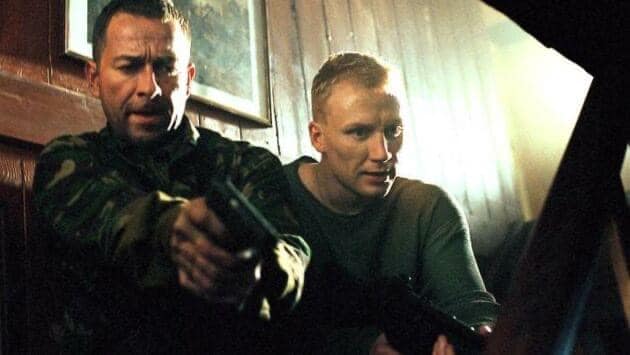
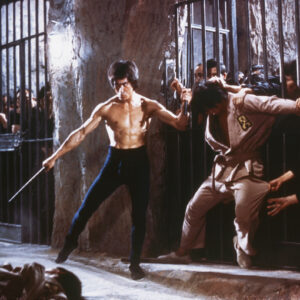
“Enter the Dragon” (1973)
“Enter the Dragon” (1973) is a martial arts action film directed by Robert Clouse and stars Bruce Lee in one of his most iconic roles. The film is considered by many to be a classic of the genre and had a significant influence on martial arts cinema.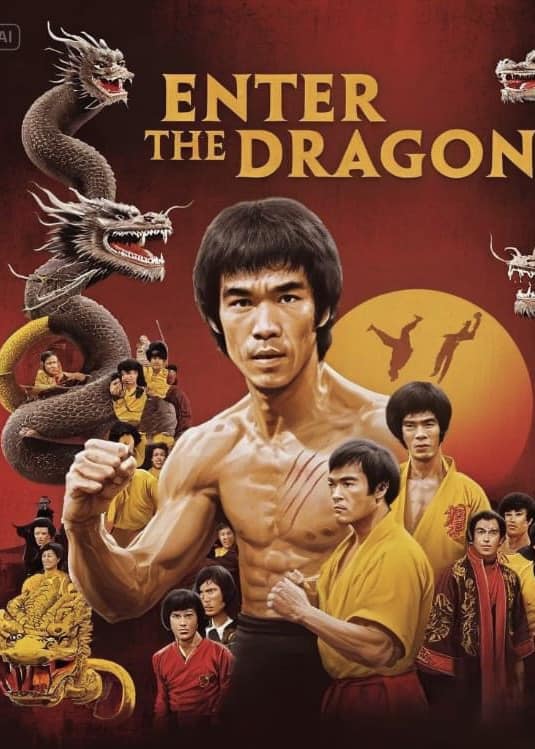
The story follows Lee (Bruce Lee), a skilled martial artist recruited by the British secret intelligence agency to infiltrate a highly competitive martial arts tournament run by the mysterious crime lord Han ( Kien Shih) organization. The tournament is a front for Han’s illegal activities and Lee’s mission is to collect evidence of Han’s criminal activities and bring him to justice.
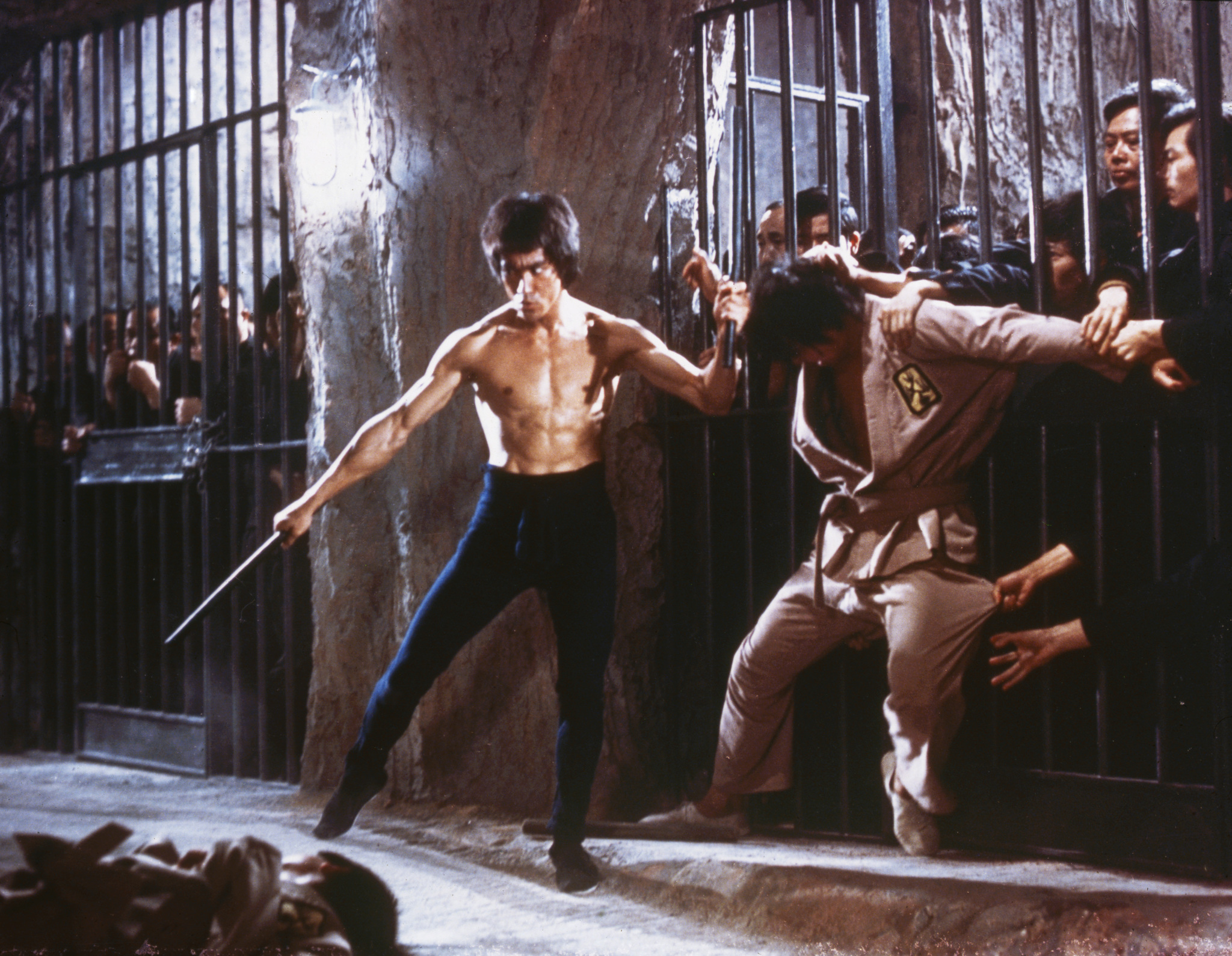
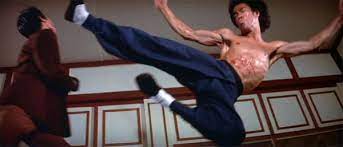
The film is known for its groundbreaking fight choreography, Lee’s charismatic performance, and its blend of action and espionage. “Enter the Dragon” helped popularize martial arts films worldwide and cemented Bruce Lee’s legacy as a legendary martial artist and actor. The film features a combination of intense action scenes, dramatic moments, and memorable score, making it a timeless classic in the action genre.
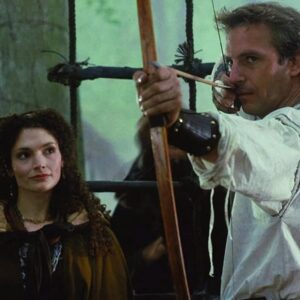
Robin Hood: Prince of Thieves (1991)
Robin Hood: Prince of Thieves (1991)
Robin Hood: Prince of Thieves (1991) is an exciting adventure film that revives the classic legend of Robin Hood with a blend of action, romance and humor.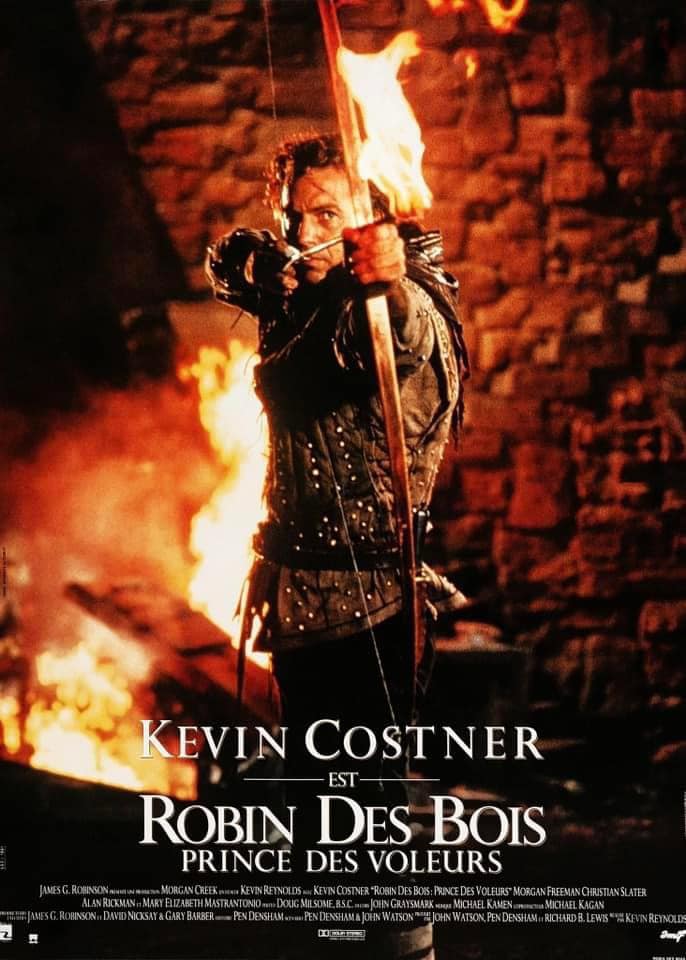 Directed by Kevin Reynolds, the film stars Kevin Costner as the title character, who returns to England after the Crusades to find his homeland under the oppressive rule of the Sheriff of Nottingham, played by Alan Rickman. role play. When Robin assembles a group of outlaws, including charming Little John and fiery Maid Marian, played by Mary Elizabeth Mastrantonio, he embarks on a quest to bring justice to the oppressed and restore balance for the kingdom. The engaging plot and dynamic interactions of the characters make the film a beloved adaptation of the timeless story.
Directed by Kevin Reynolds, the film stars Kevin Costner as the title character, who returns to England after the Crusades to find his homeland under the oppressive rule of the Sheriff of Nottingham, played by Alan Rickman. role play. When Robin assembles a group of outlaws, including charming Little John and fiery Maid Marian, played by Mary Elizabeth Mastrantonio, he embarks on a quest to bring justice to the oppressed and restore balance for the kingdom. The engaging plot and dynamic interactions of the characters make the film a beloved adaptation of the timeless story.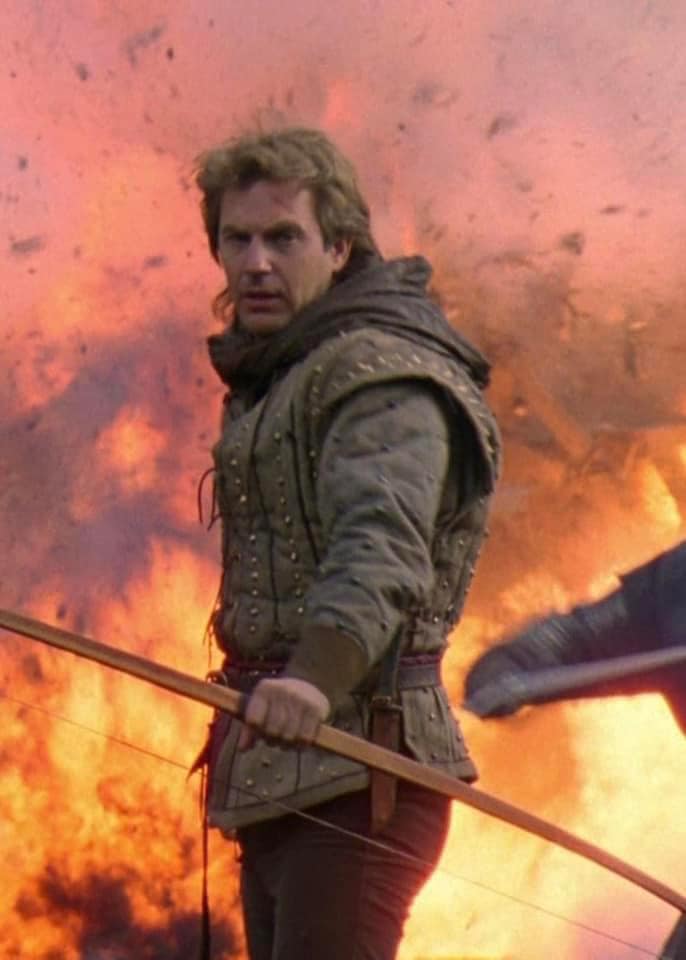
Visually, Robin Hood: Prince of Thieves is impressive, featuring bright cinematography that captures the beauty of medieval England and thrilling action sequences that keep viewers on the edge of their seats. 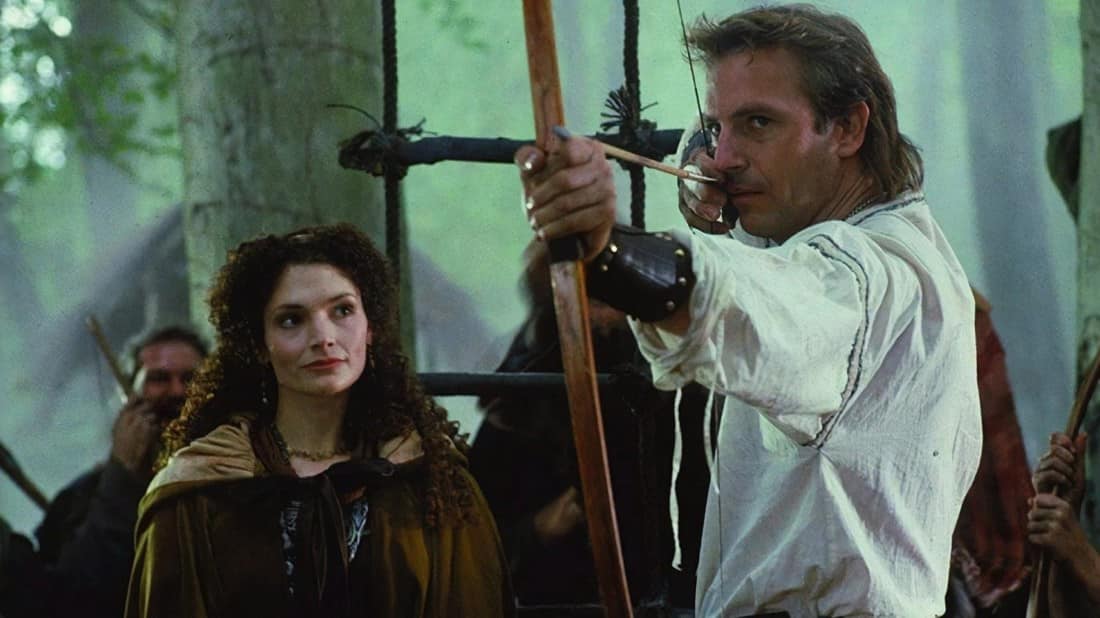 Reynolds’ direction balances lighter moments with darker themes, especially in Rickman’s memorable portrayal of the villainous sheriff, whose charisma adds depth to the conflic Costner gives a charismatic performance, although his American accent has drawn some criticism.
Reynolds’ direction balances lighter moments with darker themes, especially in Rickman’s memorable portrayal of the villainous sheriff, whose charisma adds depth to the conflic Costner gives a charismatic performance, although his American accent has drawn some criticism. 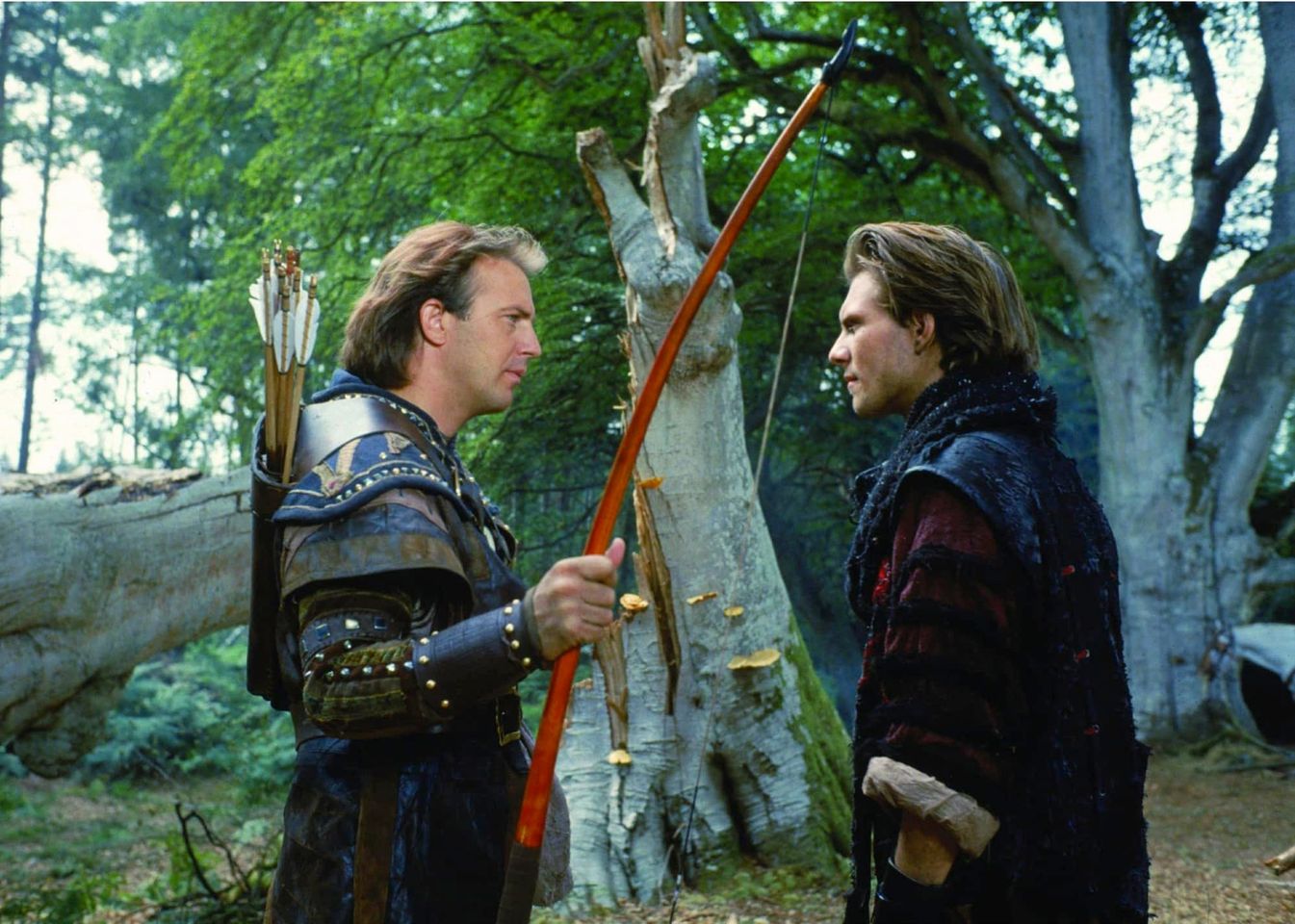 The soundtrack, composed by Michael Kamen, features the iconic ballad “Everything I Do (I Do It for You)” by Bryan Adams, which became a chart-topping hit, solidifying cultural dynamics of the film. Despite receiving mixed reviews from critics, Robin Hood: Prince of Thieves is considered a classic due to its adventurous spirit and memorable characters, attracting audiences who seek looking for both excitement and nostalgia.
The soundtrack, composed by Michael Kamen, features the iconic ballad “Everything I Do (I Do It for You)” by Bryan Adams, which became a chart-topping hit, solidifying cultural dynamics of the film. Despite receiving mixed reviews from critics, Robin Hood: Prince of Thieves is considered a classic due to its adventurous spirit and memorable characters, attracting audiences who seek looking for both excitement and nostalgia.
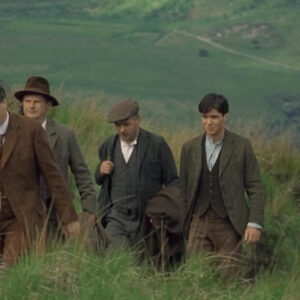
The Wind that Shakes the Barley (2006)
“The Wind That Shakes the Barley” (2006), directed by Ken Loach, is a powerful and poignant exploration of Ireland’s struggle for independence in the early 20th century.
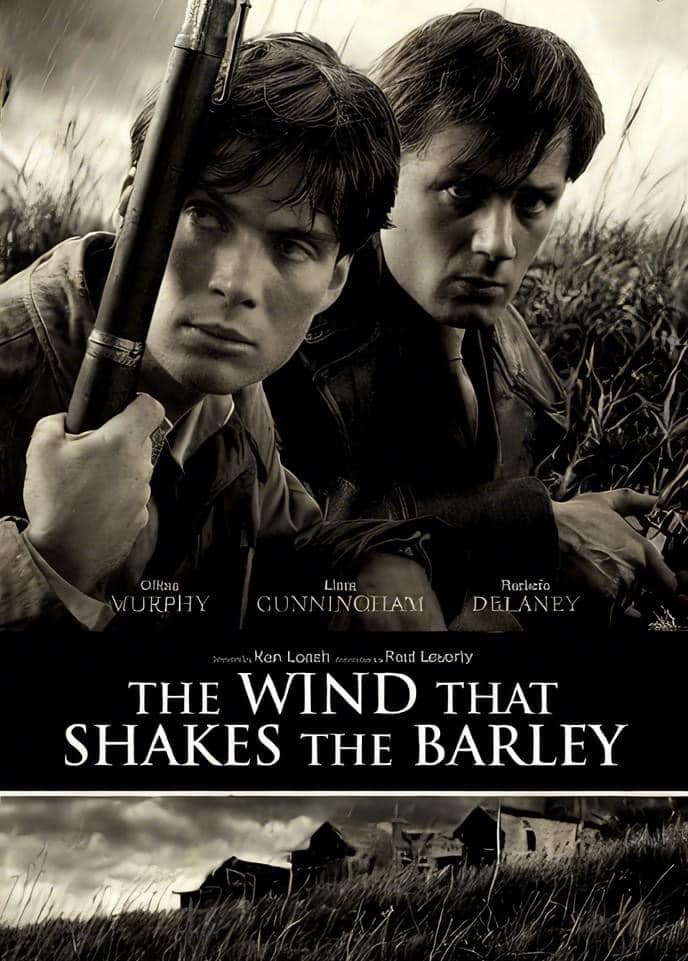
Set during the Irish War of Independence and the subsequent Civil War, the film follows the journey of two brothers, Damien and Teddy, played brilliantly by Cillian Murphy and Pádraic Delaney, as they become involved in the Irish Republican Army (IRA).

Loach’s direction brings a raw authenticity to the film, depicting the harsh realities of war, the complexities of political ideologies, and the personal sacrifices made in the pursuit of freedom.
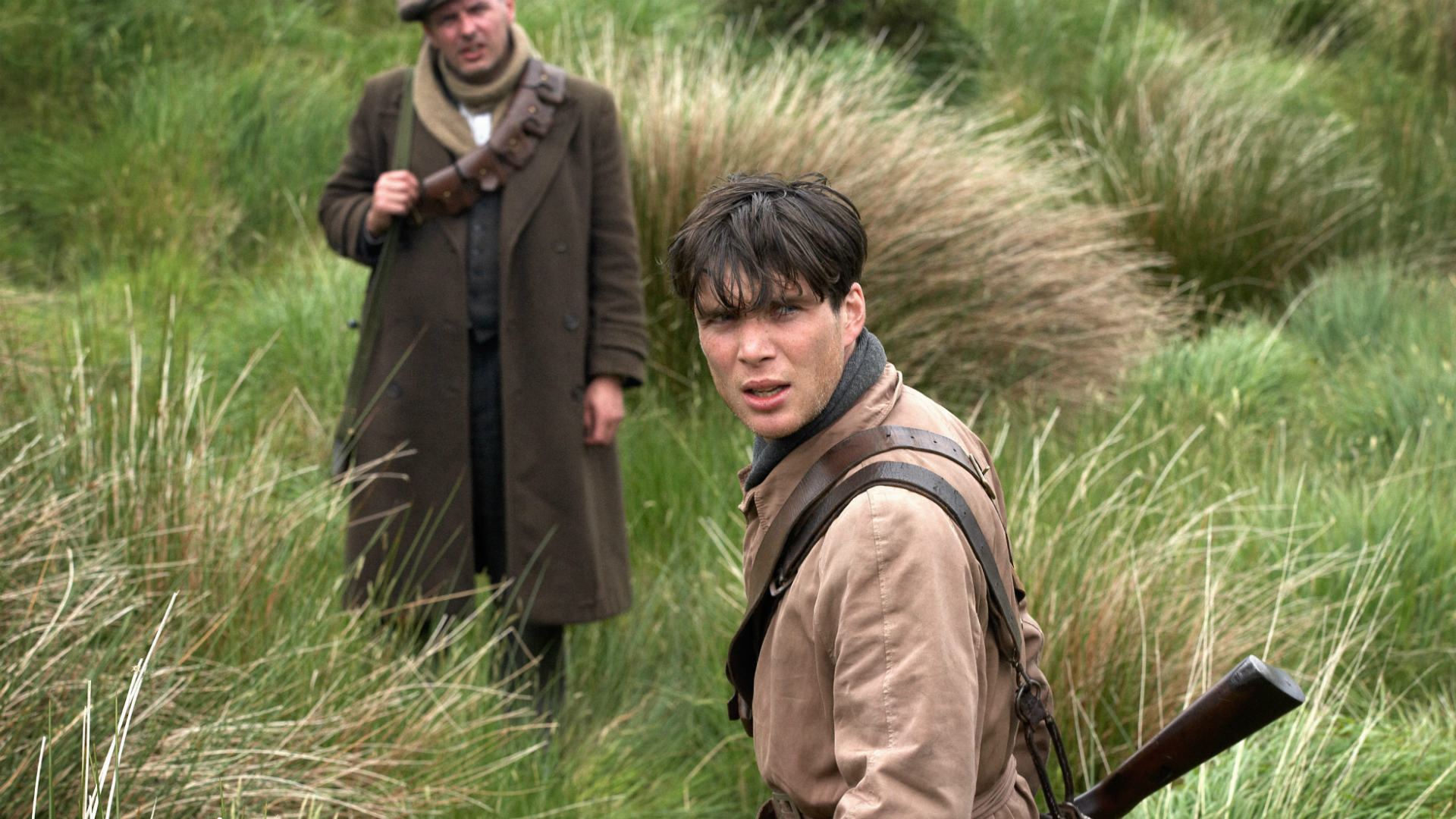
Unit Still taken during filmingCork, Ireland May – July 2005The narrative skillfully navigates the moral dilemmas faced by the characters, making it a compelling portrayal of a turbulent chapter in Irish history. “The Wind That Shakes the Barley” stands as a testament to the human cost of revolution and the enduring quest for sovereignty.
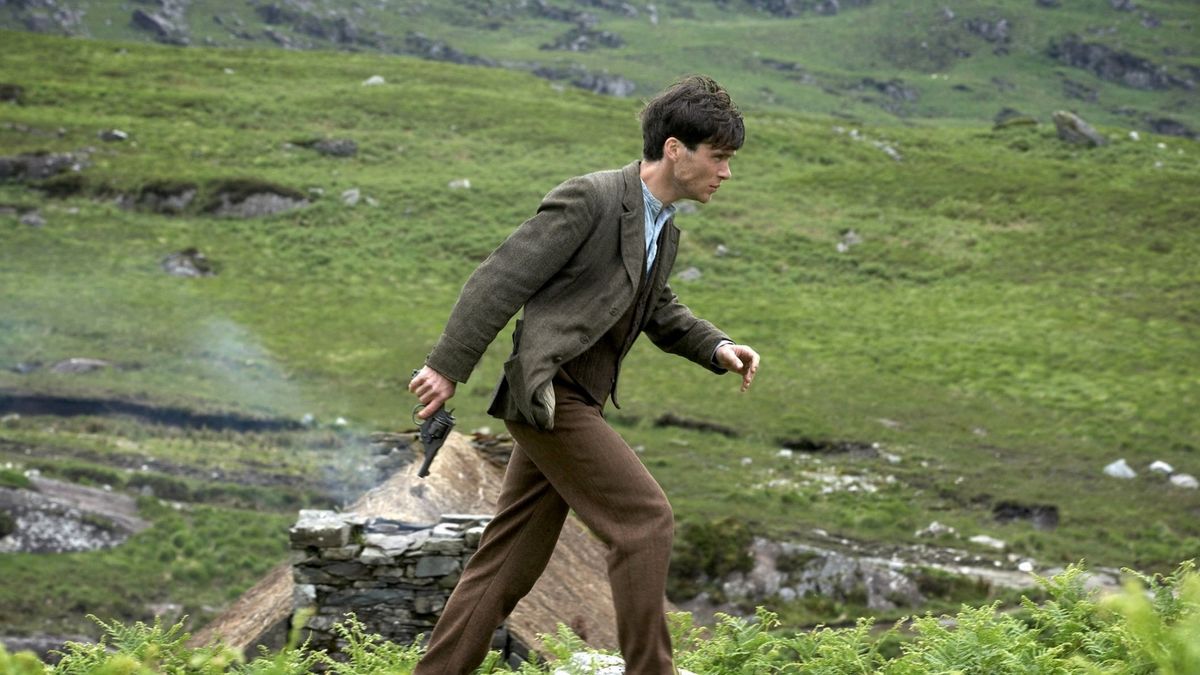
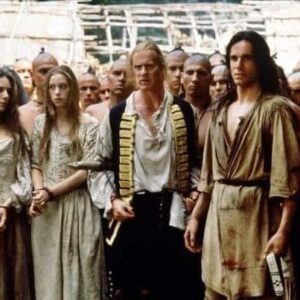
Movie: The Last of the Mohicans (1992)
“The Last of the Mohicans” (1992), directed by Michael Mann, is a sweeping historical drama adapted from James Fenimore Cooper’s novel.
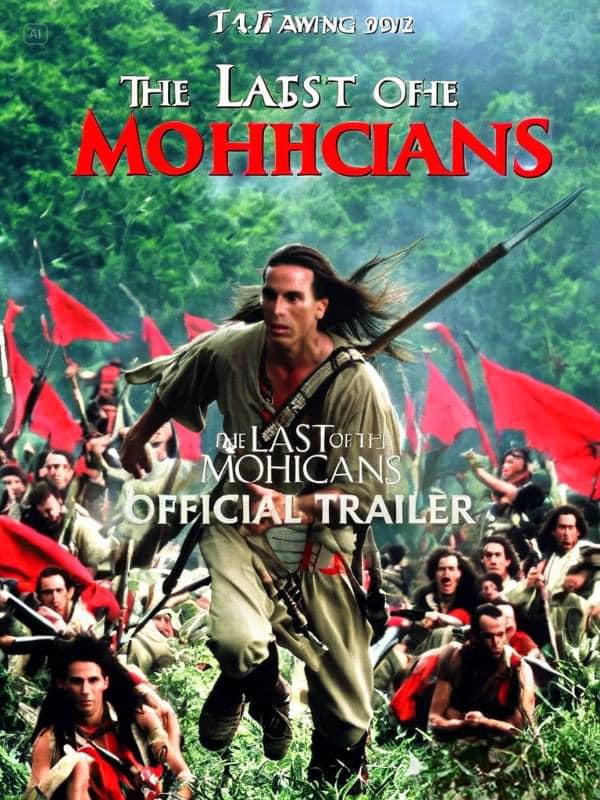
The film is set during the French and Indian War and follows Hawkeye (Daniel Day-Lewis), a white man raised by Mohican Indians, along with his allies as they navigate the complex conflict among British, French, and Native American forces.
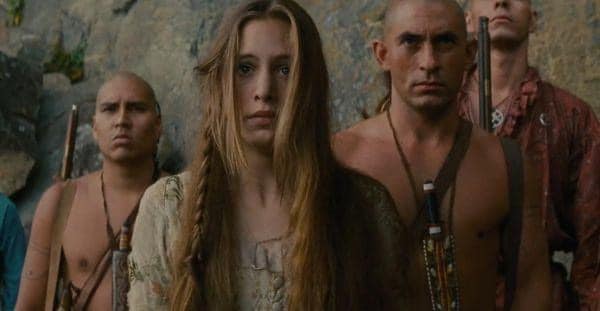
Renowned for its stunning cinematography and evocative score, the film vividly captures the harsh beauty of the American frontier and the fervor of combat.
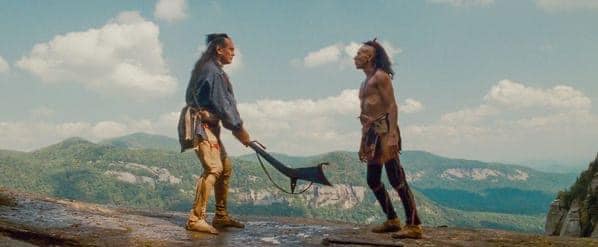
Daniel Day-Lewis’s portrayal of Hawkeye is both gripping and nuanced, reflecting his character’s bravery and inner turmoil. Praised for its authentic representation of Native American culture and its emotional resonance, “The Last of the Mohicans” is celebrated as a landmark in the adventure genre, known for its epic narrative, iconic characters, and enduring themes of love, honor, and survival.
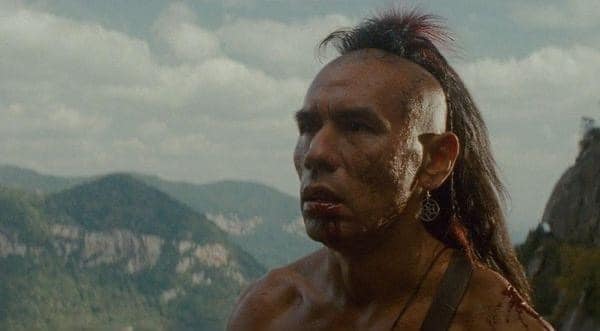
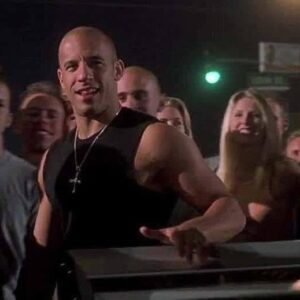
The Fast and the Furious (2001)
The Fast and the Furious (2001)
“The Fast and the Furious,” directed by Rob Cohen, is the film that launched one of the most successful action franchises in cinema history. The film stars Paul Walker as Brian O’Conner, an undercover cop who infiltrates the world of illegal street racing to take down a group of hijackers led by the charismatic Dominic Toretto (Vin Diesel).
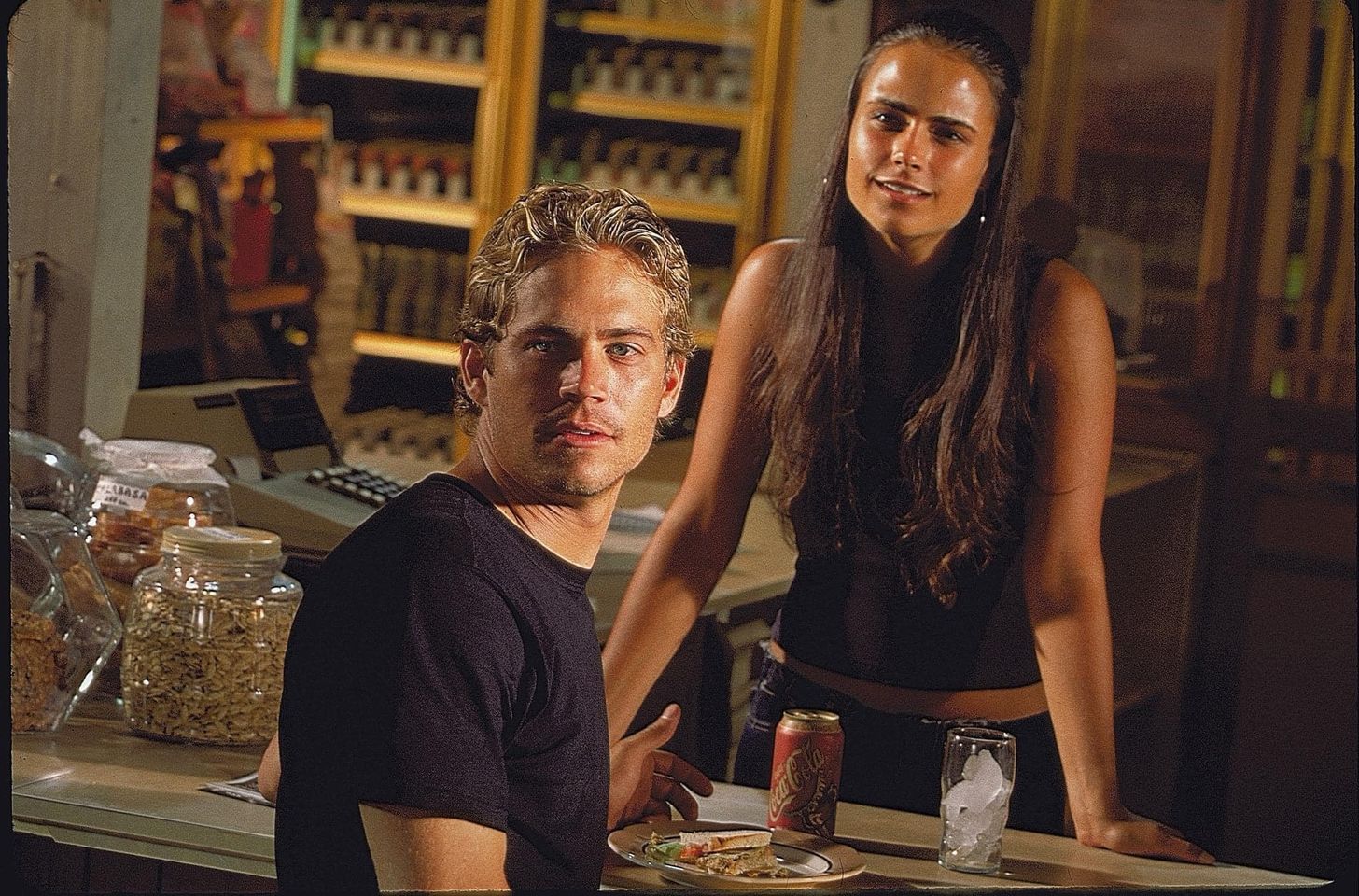
As Brian becomes more involved in the racing scene, he forms a deep bond with Toretto and faces a conflict between duty and loyalty. The film’s adrenaline-pumping action sequences, high-octane car chases, and dynamic cast chemistry set the stage for the franchise’s enduring popularity.

Diesel and Walker’s performances anchor the film, creating iconic characters that would drive the series forward. “The Fast and the Furious” combines thrilling action with themes of family, honor, and loyalty, establishing a blueprint for the blockbuster success of its numerous sequels.

